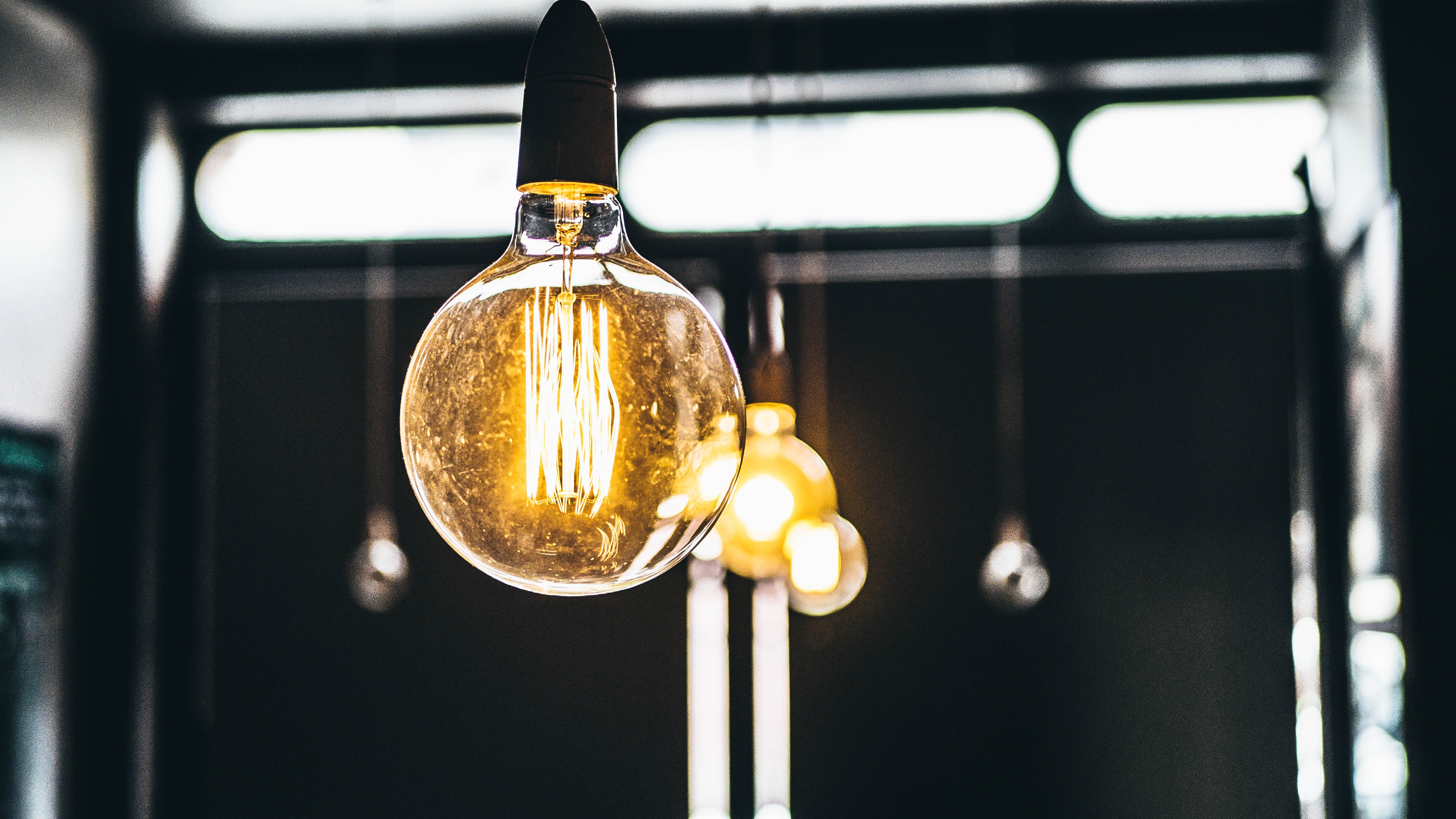As the world strives for greener and safer living, the days of fluorescent lighting are dimming. The catalyst for this change is the Minamata Convention on Mercury, a global treaty aimed at safeguarding both human health and the environment. Enacted in 2017, this convention has a profound impact on the lighting industry, paving the way for a transition to mercury-free alternatives.
The Minamata Mission
Fluorescent lights have long been favored for their energy efficiency and affordability. However, their Achilles’ heel lies in the presence of mercury, a hazardous element. The Minamata Convention’s call for mercury reduction and emissions control triggers a shift toward safer lighting options. One standout contender is Light Emitting Diode (LED) technology, which uses less energy, emits fewer carbon emissions, and is entirely mercury-free.
Embracing LED Illumination
Eagle Electric’s new LED bulbs exemplify this positive shift. Beyond just energy efficiency, these bulbs promote a sustainable future by eliminating mercury and prolonging their lifespan. Their advanced technology offers bright and consistent illumination, leading the way in responsible lighting solutions.
A Transition Worth Making
For homeowners clinging to fluorescent lighting, change brings both challenges and opportunities. The transition aligns with the Minamata Convention’s principles, emphasizing the need for sustainable alternatives and reduced mercury exposure.
1. Prioritizing Health and Safety
Mercury exposure poses significant health risks, particularly for vulnerable populations. By switching to LED lighting, homeowners can create safer environments and reduce the risks associated with mercury.
2. Unlocking Energy Efficiency
LED technology takes energy efficiency to new heights, resulting in lower electricity bills and a smaller environmental footprint. The financial and ecological benefits are clear.
3. Enhancing Longevity and Quality
LED bulbs outshine fluorescent lights in terms of lifespan and lighting quality. Their durability reduces the need for frequent replacements.
4. Tailoring Lighting Experiences
LEDs offer customizable lighting options, allowing homeowners to select the ideal brightness and color temperature for their spaces.
5. Nurturing Environmental Responsibility
Choosing LED bulbs supports the reduction of mercury pollution, demonstrating a commitment to a cleaner planet.
A Glowing Future
By switching to LED technology, homeowners contribute to a brighter, safer, and more sustainable future. This shift not only improves living environments but also aligns with global efforts to combat mercury pollution. As the market for LED bulbs expands, individuals have access to a variety of choices that suit their needs and preferences.
Embracing change in lighting illuminates a path toward a healthier world. As we bid farewell to fluorescent lighting, we welcome a future that shines brighter for both us and the planet.
Join us on this journey. Take an exclusive step forward with voucher code EAGLELEDS in our Official Shopee Store for 20% off on our LED bulbs.
Offer available in limited quantities and expires September 30, 2023.











